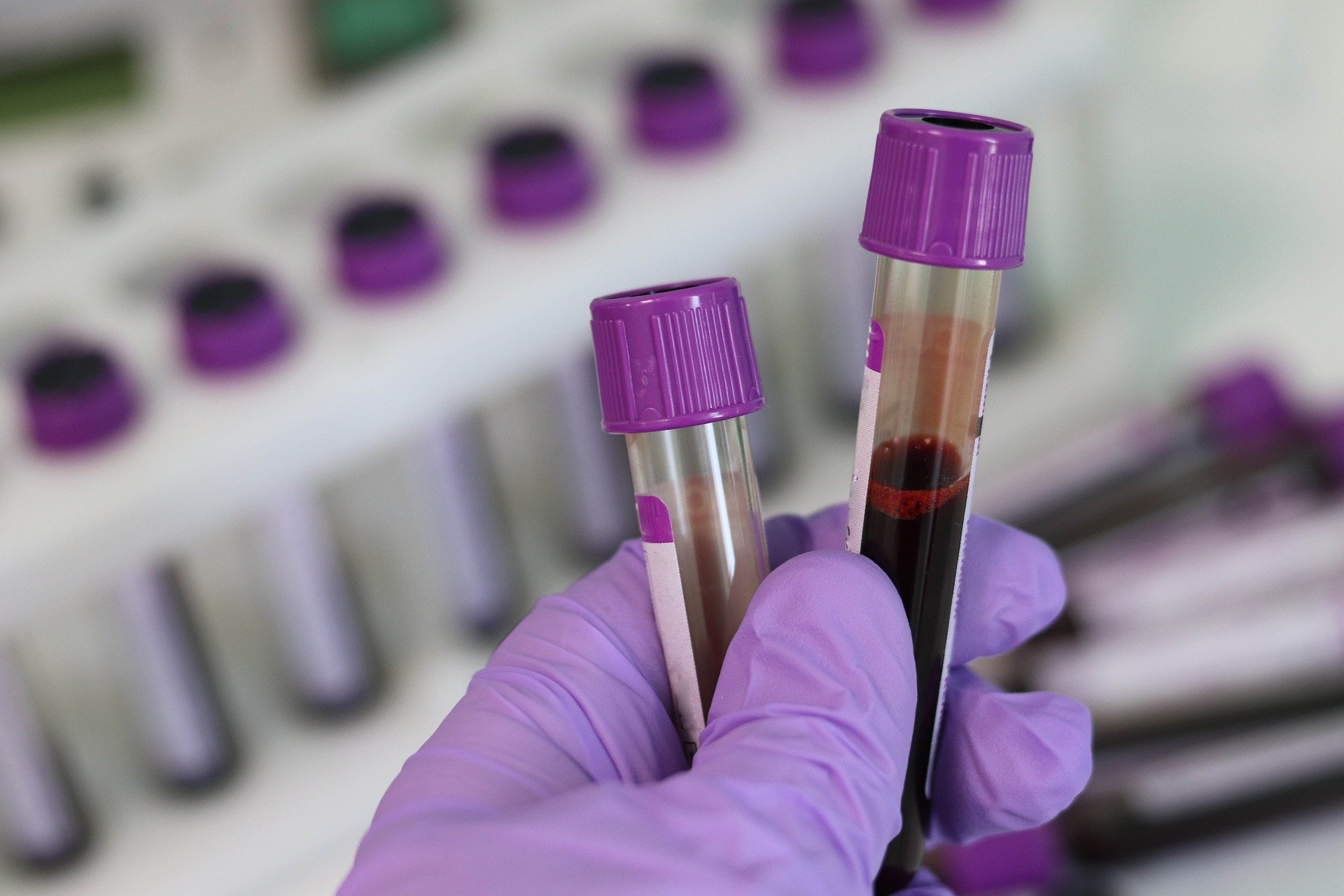What Does It Mean If you Test Positive For Epstein Barr?
What does it mean if you test positive for Epstein-Barr? This is a common question when reviewing lab results with patients. Patients see that their results show positive next to some of their results. Naturally, they want to know what that means. In this article we will look at a lab test example and all the different meanings behind positive Epstein-Barr tests results. We will specifically look at things like viral capsid, nuclear antigen, early antigen d, both the IgG and the IgM. All this will help you better understand if you currently have a problem you need to deal with or if it is simply a positive result from a past infection.
So if you are interested in understanding Epstein Barr, keep reading.
The video above gives you a visual of one of the tests we use called the Epstein-Barr virus panel. It shows the reference ranges and different antibodies tested. In this case, the person was positive for all of the antibodies shown. There are three different antibodies that the test shows, two IgG and one IgM. The three are viral capsid IgG, viral capsid IgM, and nuclear antigen IgG. So lets look at what it means when you have a positive Epstein-Barr virus test.
Anytime there is a positive IgM, it means you have had a recent exposure. This pattern suggest a recent Epstein-Barr virus (EBV) infection and you are still fighting it off. Sometimes when people have been infected many years (or even 6 mo) ago you expect to see this negative. If the virus is being reactivated, this one can turn positive again. Typically though, it's going to stay negative even if it becomes reactivated. The IgG is more indicative of a reactivation of an Epstein-Barr virus. When you have an EBV test that shows a positive result for viral capsid IgG, it could go either way. It could mean that it's just a past infection and it's dormant. It could also mean that it's currently a reactivation of a previous dormant Epstein-Barr virus. We will talk about how to decipher this further in the article. First I wanted to talk about the nuclear antigen IgG antibody. Anytime this one is positive by itself, it means that there is a past infection. The viral capsid antibody can go away after the initial infection whereas the nuclear antigen will always be positive once you have been exposed to EBV. Because of this we know positive nuclear antigen IgG means past infection.

Now what do you do about a positive viral capsid antibody? Let's say both of the viral capsid IgG is positive but the nuclear antigen IgG is negative. This could be a past infection. If the IgM viral capsid is negative, it is likely a reactivation.
If both the viral capsid IgG and nuclear antigen IgG are positive, it is suggested of a past infection or a current reactivation. This means you want to do some more deeper testing. Below we will look at another antibody test that can evaluate this question more thoroughly. In addition, you can also do the PCR viral load test to quantify how much virus is present.
Testing Positive for Epstein Barr with Early Antigen D
The above video also shows another sample result of this early antigen D test. This test helps us differentiate when someone has a reactivation of the Epstein-Barr virus. We wouldn't look at this one to see if someone has a recent acute infection, however. It is more to look and see if they have a reoccurrence or a reemergence of a previous EBV infection. We call this reactivated or or latent EBV. This can be helpful because when this test result is high, it does suggest reactivation more so than positive viral capsid IgG.
The reason being when someone has fought off the Epstein-Barr virus and it becomes dormant, the early antigen d antibody should no longer present in their system. The result would read less than 9 (whatever the positive threshold is on your labs reference range). So when it is positive, it makes us think you still have lingering amounts of this early antigen d from the virus replicating. When it's high we know it's because reemergence of the virus. We know this because eighty percent of the people will be negative many months after they've been exposed. When you have a positive Epstein-Barr early antigen d IgG and it's well above the reference range, it further increases your suspicion for a reemergence. So this is how we would look at and interpret a positive Epstein-Barr test.
With both a positive early antigen D and positive for viral capsid IgG, you should have more suspicion that this person may have reactivation. As mentioned above you can just follow these test with a PCR test to quantify the amount of virus that's there. The PCR test can be especially helpful when your are not getting expected results from your treatments. Also you always want to correlate these tests back to the person's symptoms. For instance, if you are not really having symptoms, you may not even bother with testing in too much depth. Usually you are going to screen for this when you are having symptoms like fatigue.
So that should give you a little better understanding of how to look at a positive Epstein bar test and what the test might mean with different antibody results. If you have a follow-up question on any of the content on this article, please ask it in the comment section. If you want a customized plan on treating your Epstein Barr, click on the link below to get started.

















